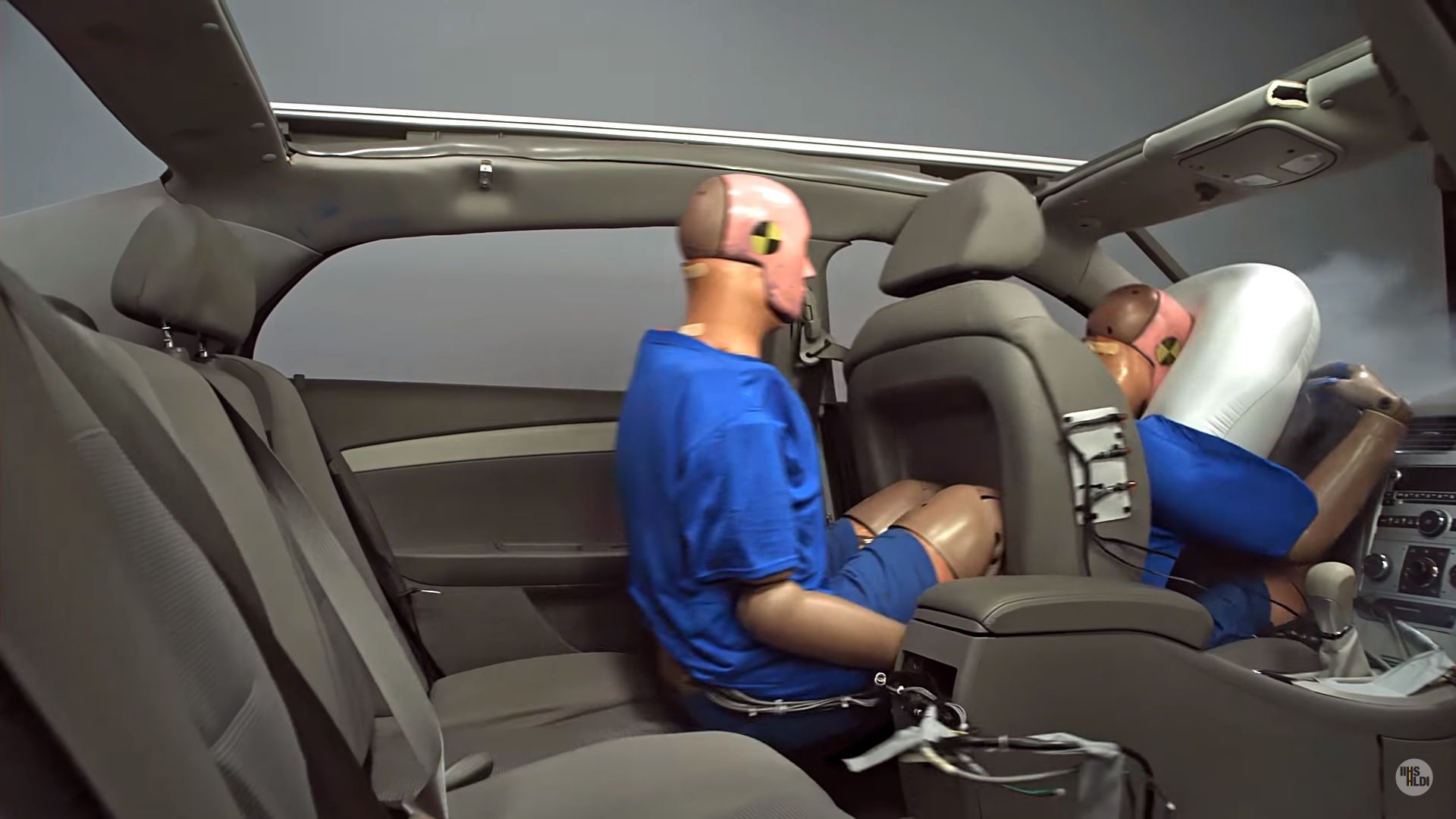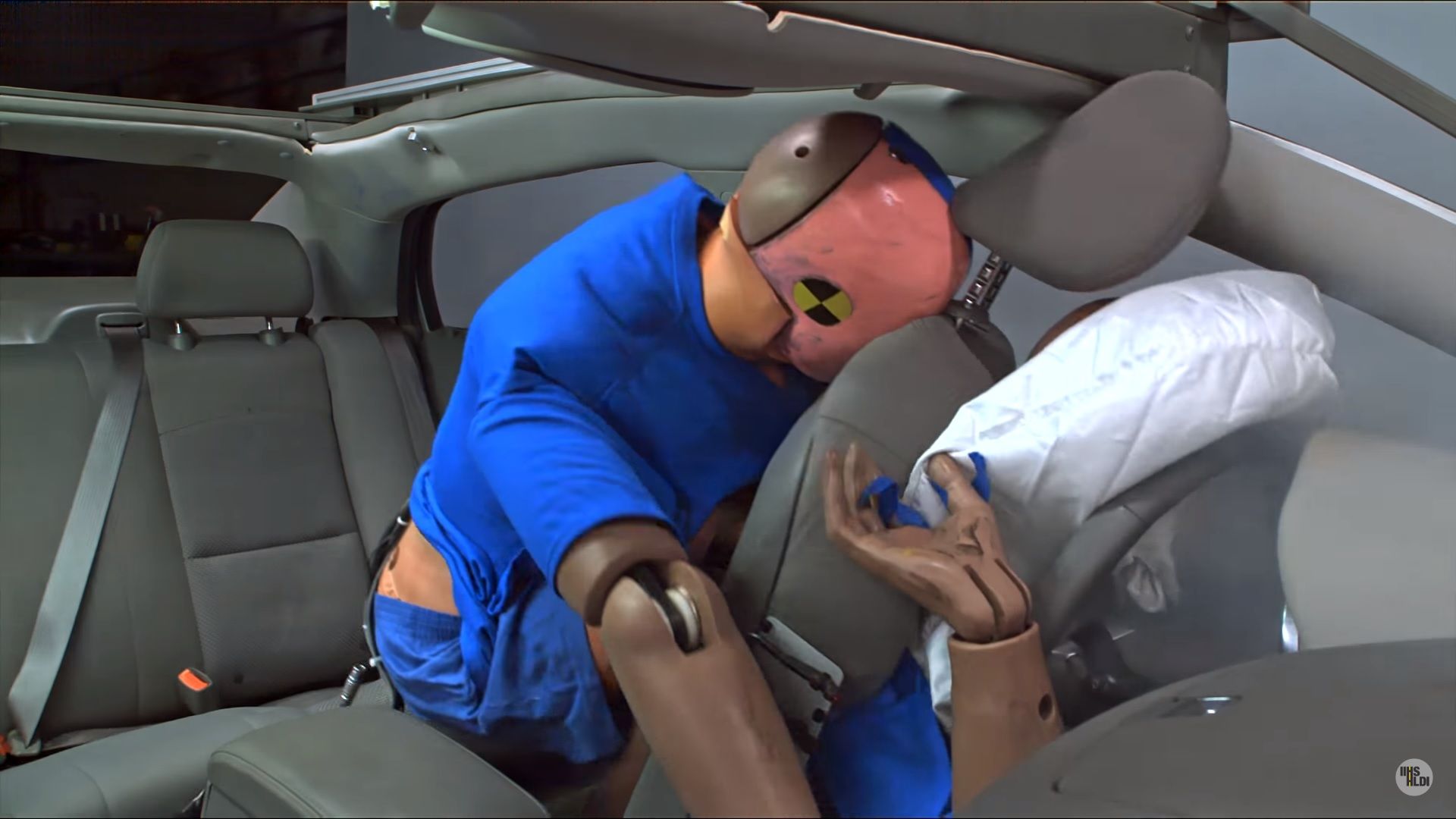You know those straps on your rear seats that look suspiciously like seat belts? Well, they’re actual seat belts, and you might be inclined to start using them because – shocker! – they can save your life. It’s not a groundbreaking revelation by any means, but what’s surprising is that not enough people can be bothered to actually use them, especially during short trips or when people are riding in a taxi, a ride-hailing service, or someone else’s car.
Putting some facts behind it is the Insurance Institute for Highway Safety (IIHS), which says that four out of five people don’t wear seat belts when they’re seated in the back seat. The IIHS got to that result after surveying adults 18 years and older between June and August 2016. Of the 1,172 respondents that completed the survey, 91 percent say they use their seatbelt when they’re sitting in front, either as the driver or the passenger, and only 72 percent say they use their seat belts in the back. The risk of not wearing seat belts in the back is very real, especially during crashes. In one instance, a rear seat passenger who isn’t wearing a seat belt can kill the front occupant during a crash if he ends up pushing him further into the steering wheel. The IIHS demonstrated as much in the video with crash test dummies and the results, as you can imagine, are horrific.
Continue after the jump to read the full story.
Take this reminder to heart; it could save your lives
.
IIHS senior research engineer Jessica Jermaikan said it best when she responded to the results of the survey. "People who don't use safety belts might think their neglect won't hurt anyone else. That's not the case," she said. "In the rear seat, a lap/shoulder belt is the primary means of protection in a frontal crash. Without it, bodies can hit hard surfaces or other people at full speed, leading to serious injuries.”
If it’s not jarring enough to see what the consequences are for not wearing a rear seat belt, the possibility that somebody who’s not wearing one can kill himself and other people in the car is a sobering reminder of the importance of this feature.
That said, there are two possible lessons to be learned from this study. One is to continue ignoring calls to wear rear seat belts and take your chances. The other is to abide by what the IIHS continues to remind us and start wearing those seat belts. It may never amount to anything of significance if you don’t end up in a crash, but if you did, it could spell the difference between survival and death.
I don’t know about you, but the choice is pretty simple on my end, and I don’t need any reminders or surveys to be wary of the consequences.


